Piccard’s solar power dreams take flight
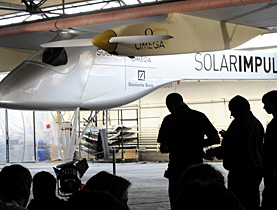
Swiss adventurer Bertrand Piccard has unveiled the prototype of his Solar Impulse airplane, with which he later plans to make the first ever sun-powered global flight.
There was much applause and cheering on Friday at a special ceremony at the Dübendorf airfield near Zurich as the curtains were pulled back to reveal the aircraft, which has taken six years to design and build.
“Yesterday it was a dream. Today it is a plane. Tomorrow it will be an ambassador of renewable energy,” Piccard told the 800-strong audience, which included Prince Albert of Monaco, project partners such as watchmaker Omega and Deutsche Bank, and the media.
The sleek Solar Impulse has a huge wingspan, the equivalent of a Boeing 747, but weighs less than the average car.
More than 12,000 solar cells are mounted onto the wing, supplying energy to four electric motors. During the day the cells will also charge polymer lithium batteries, allowing the aircraft to run at night.
The prototype should soon make its first test flights, starting at Dübendorf and then moving to the Payerne airbase in western Switzerland. A first complete night flight is planned for 2010.
Based on the results of these test flights, a new plane will be constructed for the big worldwide launch, scheduled for 2012.
The total budget for the project is €70 million (SFr107 million).
Emotional moment
Piccard and co-pilot André Borschberg hugged on stage as the plane was revealed. Piccard told swissinfo.ch afterwards that it had been an emotional moment.
“When you have this idea, and at first you believe it’s impossible and then you have people who support it – the partners, the engineers – and after six years you have an airplane that you can show to all those people who also believed in the project, it’s just great,” he said.
Piccard, who in 1999 co-piloted the first non-stop hot air balloon flight around the world, said that he had “great respect” for an airplane that would be “so difficult to handle” because of its size, light weight and sensitivity to turbulence.
The test phase is being led by former Swiss astronaut Claude Nicollier. Nicollier and his team have designed an instrument, built by Omega, that will ensure the plane does not bank too far to the left or right and that the flight direction, particularly at approach to landing, is correct.
Getting it right
“Typically for an airliner you don’t want more than 30 degrees incline to the left or right and this is mainly for passenger comfort… with Solar Impulse we are limited to 15-20 degrees. Beyond that you cannot control the plane anymore,” Nicollier told swissinfo.ch.
Nicollier and his team recommended that the limit be set at 10 degrees. Lights already start blinking on the device if the aircraft banks up to five degrees to warn of a potentially critical situation.
Another problem, says Nicollier, is the plane’s small amount of fuel. “It’s the power of a scooter for an airplane that weighs [several] tons, so that’s going to be a challenge to manage so little power and still have the airplane flying properly,” he said.
But he is confident that the plane will work. “We are going to have problems, I’m sure we’ll resolve them and I’m convinced the project will be successful,” said Nicollier.
The small amount of power will mean that the plane will only have an average airspeed of 70 kilometres per hour. For this reason the round-the-world trip will be split into five stages.
Test of patience
These will each be five days long because the small cockpit is unpressurised. “Thirty-six hours is already a challenge, it tests your patience,” Borschberg said at the unveiling. Sleep will likely be hard to come by, both adventurers admitted.
Borschberg added that the plane would also have to avoid storms and rain because this would not allow energy to be collected.
The plane involves a lot of Swiss know-how. Scientists at the Federal Institute of Technology in Lausanne have been a driving force in the project, while Swiss companies have also been taking part.
The public can now get involved by adopting the aircraft’s solar cells.
For Piccard, Solar Impulse should most of all, however, serve as a source of environmental inspiration. “If we fly day and night around the world with no fuel and only solar power, nobody will be able to claim any more that it’s impossible to use renewable energies for cars or heating systems,” he said.
Isobel Leybold-Johnson in Dübendorf, swissinfo.ch
Six years of work, calculations, simulations and tests were needed by the 70-person team to complete the aircraft.
It has the wingspan of a Boeing 747-400 and the weight of an average family car at 1,600kg.
It has 12,000 solar cells mounted onto the wing, which will supply energy to the four electric motors with a maximum power of 10 HP each.
During the day they will also charge the polymer lithium batteries (400kg), which will allow the aircraft to fly at night.
The first ever non-stop balloon flight around the world in 1999 brought Bertrand Piccard fame as the “scientist-adventurer.” In addition to his aeronautical activities, Piccard also trained as a psychiatrist.
His grandfather Auguste was the first person to explore the stratosphere and invented the bathyscaphe with which his father, Jacques dived to the deepest point in the oceans.
Jacques Piccard, credited as one of the 20th century’s last great adventurers, died at the age of 86 at his home on Lake Geneva last November.

In compliance with the JTI standards
More: SWI swissinfo.ch certified by the Journalism Trust Initiative

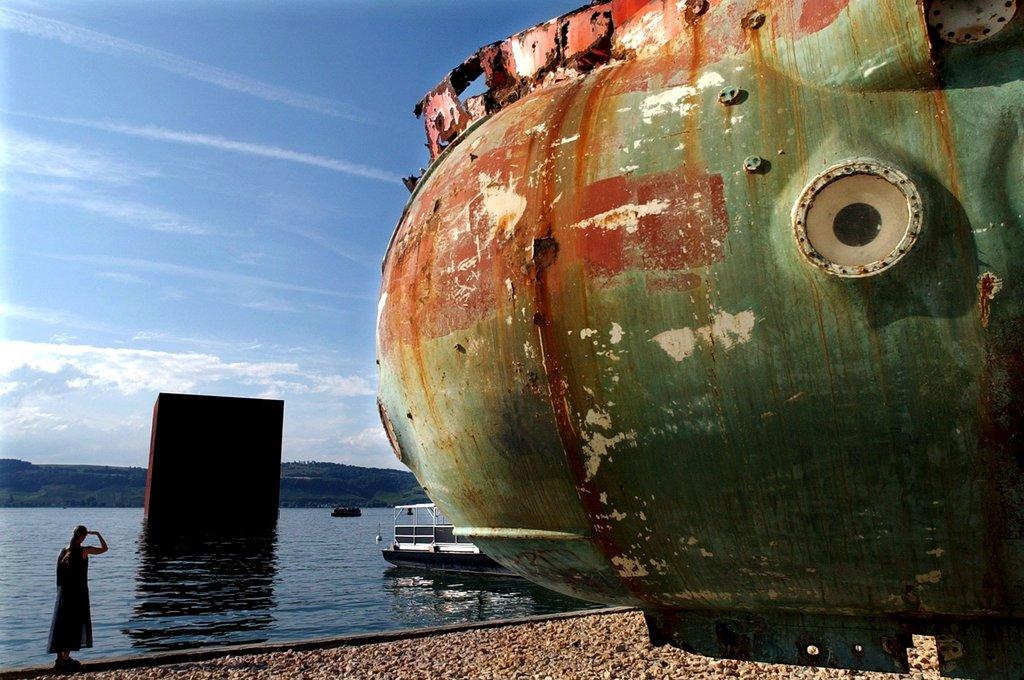
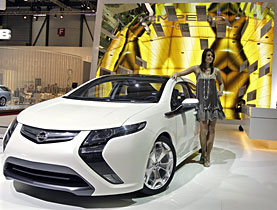
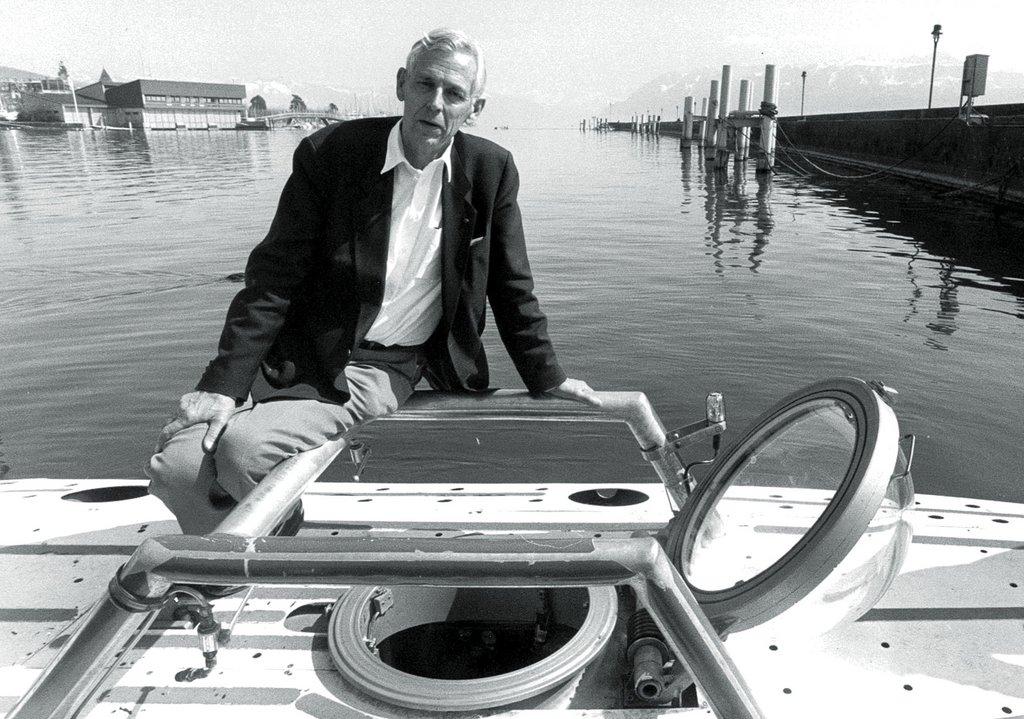
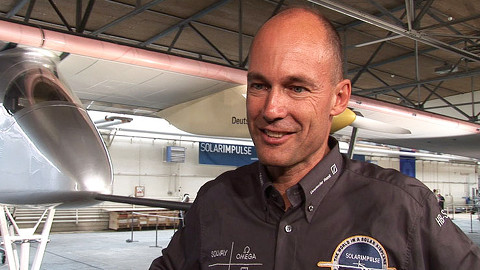
You can find an overview of ongoing debates with our journalists here. Please join us!
If you want to start a conversation about a topic raised in this article or want to report factual errors, email us at english@swissinfo.ch.